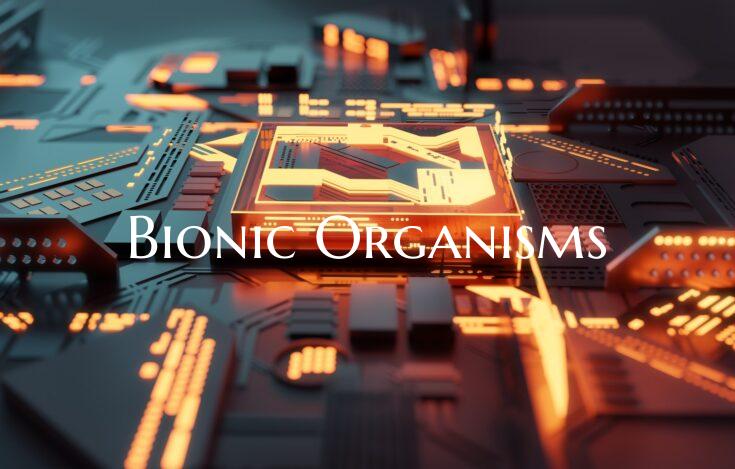Bionic Organisms
Bionic Organisms: Merging Nature with Technology
In recent years, the concept of bionic organisms has captured the imagination of scientists and researchers alike. By merging cutting-edge technology with living organisms, new possibilities are emerging for advancing fields such as medicine, robotics, and environmental conservation.
At its core, bionic organisms involve the integration of artificial components with biological systems to enhance or augment their functions. This fusion of nature with technology offers a myriad of potential applications, from creating biohybrid robots that mimic the efficiency of natural movement to developing bionic implants that can restore lost functions in the human body.
One of the most promising areas of research involves the development of bionic prosthetics that closely resemble and function like real limbs. By leveraging the body's own neural signals, these advanced prosthetics can provide users with a level of dexterity and control that was previously unimaginable. This technology not only improves the quality of life for individuals with limb loss but also opens up new possibilities for human-machine interaction.
In the realm of environmental conservation, bionic organisms are being explored as a means to address pressing issues such as pollution and habitat degradation. By creating biohybrid systems that can sense and respond to changes in their surroundings, researchers aim to develop innovative solutions for monitoring and remedying environmental challenges.
Furthermore, the field of bionic organisms raises intriguing ethical questions about the boundaries between the natural and artificial worlds. As scientists push the limits of what can be achieved through bioengineering, careful consideration must be given to the potential implications for ecosystems, society, and individual autonomy.
As we continue to unlock the full potential of bionic organisms, it is clear that this emerging field has the power to revolutionize how we interact with the world around us. By harnessing the remarkable capabilities of living organisms and combining them with the precision of technology, we are entering a new era of innovation that promises to shape the future in ways we have yet to fully comprehend.

